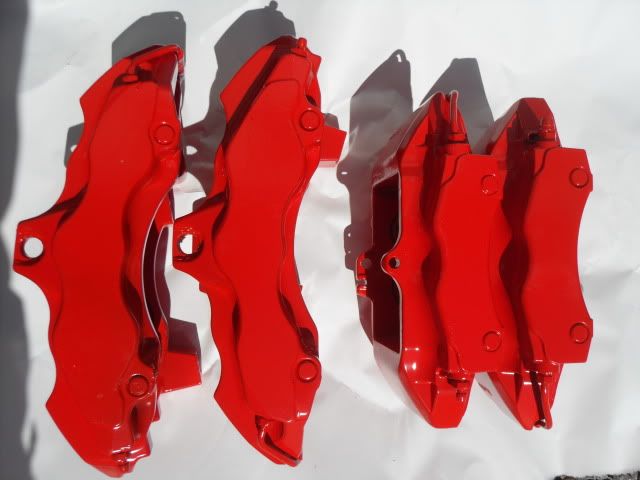After almost 24 years of dealing with Brembo alloy calipers on 944's 928's 968's 964's and 993's I still use the same method and jig every week in the workshop that my father was first using 30 odd years ago in the original Mitchell workshop.
Like any young upshot, I used to second guess the "old man's" method initially. I tried every method out there, punching the screw heads and often making a mess and even breaking the head off the screws, resulting in an even harder repair.. But the jig and heat wins every time.
Typically we deal with at least one set of calipers every week, either for cars in the workshop, or calipers sent from other specialists (not just Porsche specialists, so fans of other marques know your pain too!) and our mail order customers. With practice even sheered off screw heads are not a problem where someone else has already "given it a go"
My advice, if you're determined to do it yourself, heating up the screws is the key to getting them out. AVOID the punch method, there isnt much to loose from giving it a go, even if you end up in a mess, we can help you out.
With the slider plates, I don't subscribe to the using sealant behind the plates... In an ideal world, once the plates are out, bead blast the calipers and have them powder coated... or at least bead blast the area behind the plates, etch prime the area and re-paint with a suitable paint.
Lastly, if you are suffering with lifted plates, please do not grind down your pads.. your blessed with wonderful calipers, do them justice and get them working as they should

Good luck with this job, if your plates have lifted, you will be amazed how much of an improvement to your brakes you will experience with this issue corrected.










